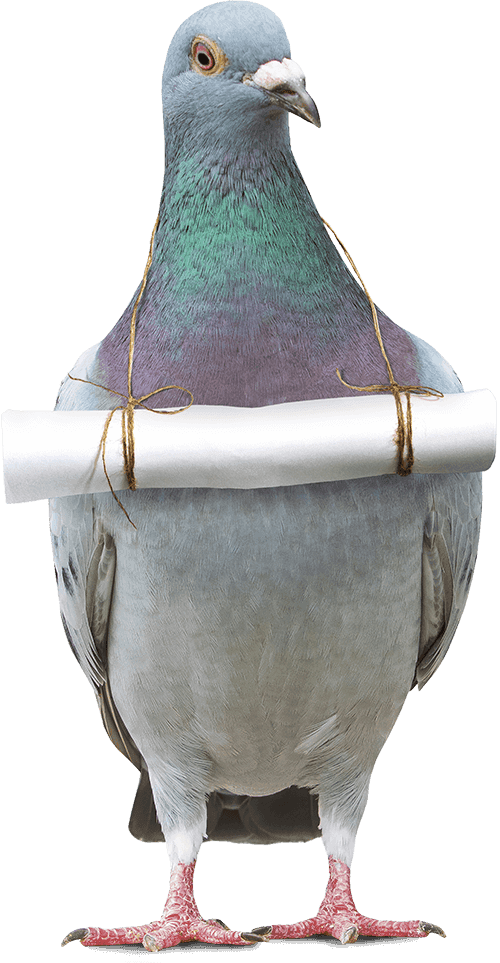Danish Spitz
(Danish Spitz)

Description
The Danish Spitz dog, also known as the "Danish Spitz," "Old Danish Chicken Dog," or "Gammel Dansk Hønsehund," is a small to medium-sized spitz-type breed originating in Denmark. This breed is known for its fox-like appearance, pointed ears, and thick, double coat. In this article, we will provide a detailed overview of the Danish Spitz dog, including its history, physical characteristics, temperament, health issues, and grooming needs. History: The Danish Spitz dog is an ancient breed that dates back to the Viking era. The breed was developed to hunt and guard chickens and other small animals on Danish farms. The breed's name, "Gammel Dansk Hønsehund," literally means "Old Danish Chicken Dog." The breed was recognized by the Danish Kennel Club in 1886, and later by the Fédération Cynologique Internationale (FCI) in 1963. Physical Characteristics: The Danish Spitz dog is a small to medium-sized breed, with males standing at 18-20 inches (45-50 cm) tall at the shoulder, and females slightly smaller at 16-18 inches (40-45 cm). The breed typically weighs between 20-30 pounds (9-14 kg). The Danish Spitz dog has a distinctive fox-like appearance, with a wedge-shaped head, pointed ears, and a curled tail. The breed's double coat is thick and dense, with a soft undercoat and longer, harsher guard hairs. The coat can come in a range of colors, including cream, fawn, black, and gray. Temperament: The Danish Spitz dog is an affectionate and loyal breed that forms strong bonds with its family. The breed is known for its intelligence, independence, and alertness, making it an excellent watchdog. The breed can be reserved around strangers, but with proper socialization, it can get along well with other dogs and pets. The Danish Spitz dog is an active breed that enjoys regular exercise and playtime. The breed is adaptable and can thrive in both urban and rural environments, as long as it receives enough mental and physical stimulation. Health Issues: Like all breeds, the Danish Spitz dog is prone to certain health issues. These can include hip dysplasia, progressive retinal atrophy (PRA), and patellar luxation. Responsible breeders will screen their dogs for these and other health issues before breeding, and potential owners should ask for health clearances before purchasing a puppy. Grooming Needs: The Danish Spitz dog has a thick, double coat that requires regular grooming to keep it in good condition. The breed sheds seasonally, so it may require more frequent brushing during these times. Regular brushing can help to remove loose hair and prevent matting. The breed's ears should be checked and cleaned regularly to prevent ear infections. Conclusion: The Danish Spitz dog is a unique and versatile breed that makes an excellent companion for the right owner. With proper socialization, training, and exercise, the breed can thrive in a variety of environments. However, potential owners should be aware of the breed's grooming needs and potential health issues before bringing one home. Overall, the Danish Spitz dog is a loyal and loving companion that can make a great addition to any family.
Taxonomic tree:







